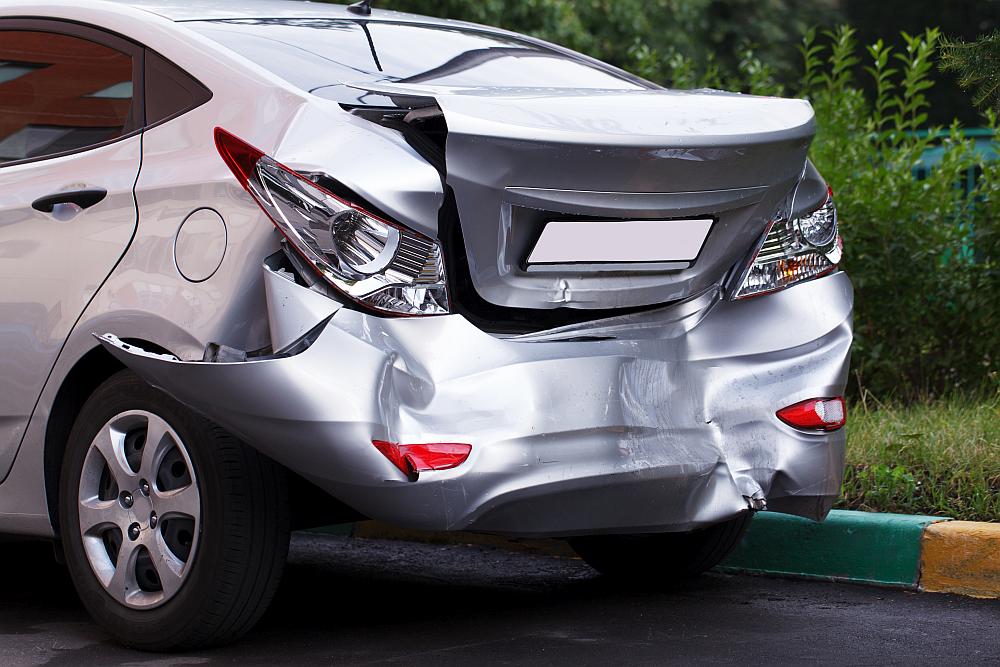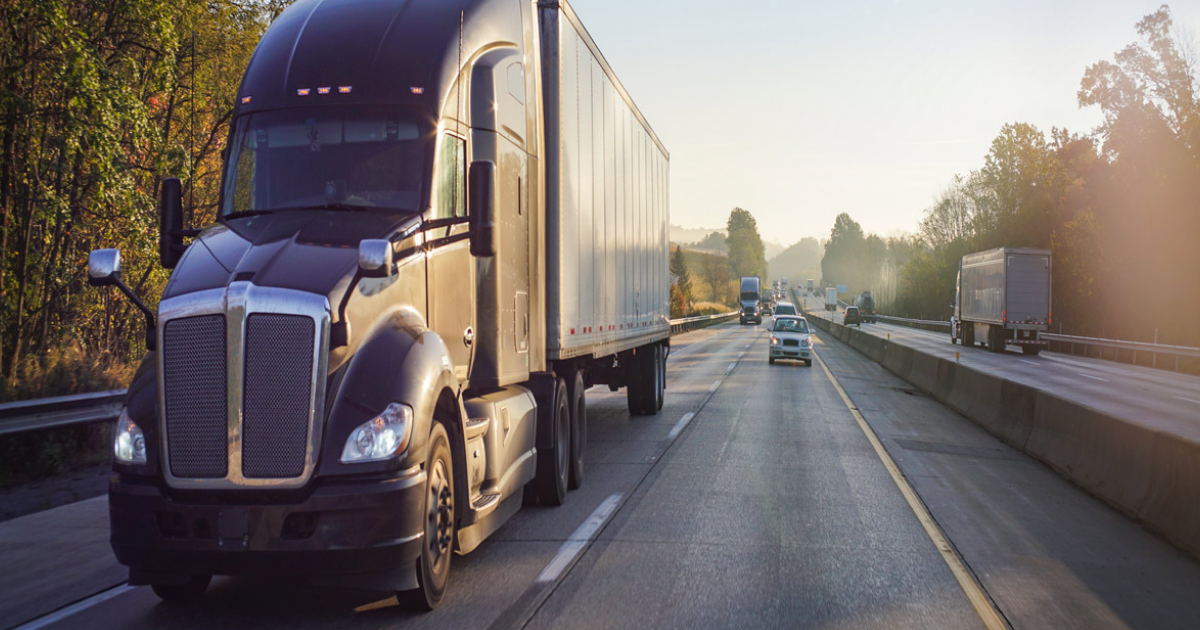Modern large trucks are equipped with a wide range of advanced safety technology, including forward collision warning, lane departure warning, blind spot warning, and automatic emergency braking. However, despite these improvements in safety technology, the number of catastrophic injuries and fatalities associated with truck accidents has been steadily inclining since 2009. According to the National Highway Traffic Safety Administration (NHTSA), in 2019, 5,005 people were fatally injured in accidents involving large trucks, which is a 48 percent increase from 2009. In addition, the number of serious injuries associated with crashes involving large trucks increased by 115 percent.
Due to the massive size and weight of a large truck compared to the average passenger vehicle, it is usually the occupants of the passenger vehicle involved in the accident that suffer the most severe, often fatal, injuries. An experienced lawyer will assist a truck accident victim with the claims process and ensure that they receive the financial compensation they deserve for their injuries.
The study conducted by the NHTSA defined large trucks as any commercial or non-commercial truck with a gross vehicle weight rating greater than 10,000 pounds. Depending on the truck and the other vehicle involved, a large truck can weigh up to 30 times more than a passenger vehicle. This makes passenger vehicles extremely vulnerable to accidents, particularly during inclement weather, if the truck has not been properly maintained, or if the truck driver is engaging in unsafe driving behavior.
Large trucks are also taller and have a higher ground clearance, which means that a passenger vehicle can slide underneath the truck in the event of a crash. The number of registered trucks and miles travelled has also increased between 2009 and 2018, which has had an impact on the number of serious and fatal accidents. According to the Director of Enforcement Data and Judicial Outreach at the Commercial Vehicle Safety Alliance, additional research is needed to determine why serious truck accidents are on the rise, considering the significant improvements in safety technology.
Most serious truck accidents are caused by some type of driver error. According to the Federal Motor Carrier Safety Administration (FMCSA), in 2017, just over half of the passenger vehicle occupants involved in fatal truck accidents were considered at fault, and truck driver error was a factor in close to one-third of the accidents. Regardless of who caused the accident, the occupants of the passenger vehicles often suffered the most devastating injuries and fatalities. The following are examples of some of the most common causes of truck accidents:
If the occupants of the passenger vehicle involved in a truck accident were fortunate enough to have survived the crash, they should move the vehicle to the side of the road and turn on the hazard lights if possible. Call 911 immediately so that the police and emergency medical technicians can be sent to the accident scene.
If the victim is able to do so, they should collect important information, including the license plate number, make and model of the truck, the truck driver’s license number, the information of their employer as well as their insurance information. The motorist should also take pictures of their injuries, debris in the road, and any other evidence that may help determine who caused the accident.
Once first responders arrive at the scene, the injured victim should seek immediate medical attention, even if there are no obvious injuries. Certain injuries, like head injuries or internal bleeding, may not show up right away, particularly when adrenaline is coursing through the body after the shock of the accident. It is also highly recommended that truck accident victims contact an experienced lawyer who will protect their legal rights and walk them through every phase of the claims process.
Many of these tragic accidents can be avoided if motorists use extreme caution when sharing the road with a large truck. The FMCSA urges motorists to keep the following safety tips in mind at all times:
If you were seriously injured in a devastating truck accident, do not hesitate to contact the Encino truck accident lawyers at ACTS LAW. Our dedicated and compassionate legal team will assist you with every step of the claims process. To schedule a free, confidential consultation, call us today at 833-228-7529 or contact us online. From our offices located in Los Angeles and San Diego, we serve clients throughout Southern California.

Truck accidents can have devastating consequences, leading to severe injuries or even fatalities. While car accidents are more common, crashes involving large trucks pose a higher risk of harm. This a...

Vehicular accidents can have life-altering consequences, causing severe injuries and significant financial burdens for those involved. Whether it's an automobile, truck, motorcycle, car, bus, or train...

When a passenger vehicle is involved in an accident with a large commercial truck, it is rarely a minor fender bender. Due to the massive size and weight of the average commercial vehicle, truck accid...